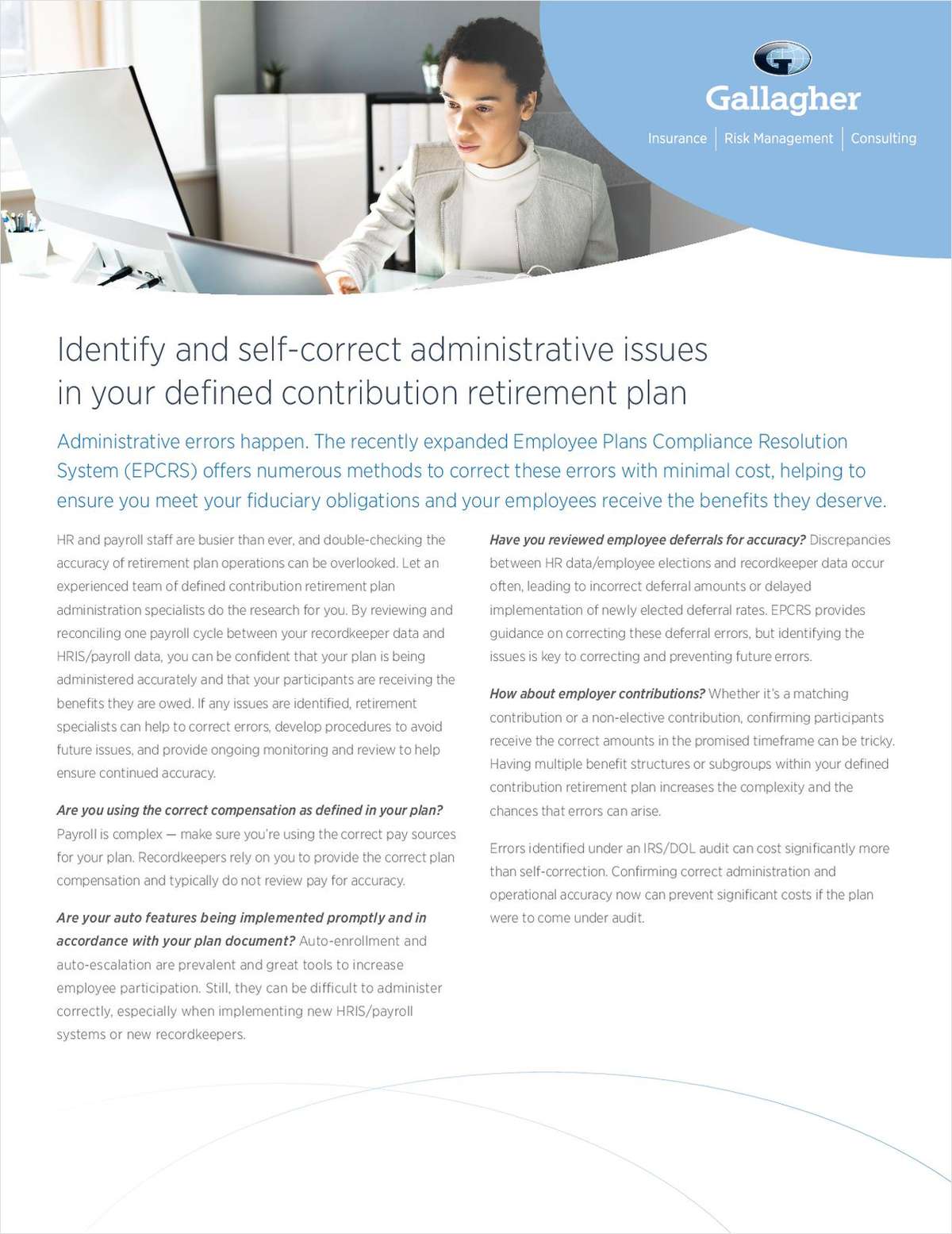The world's 20 largest money managers saw brisk growth in assets under management in 2017 and now oversee nearly half of the world's invested wealth when compared to the largest 500 investment managers. All told, the 500 largest managers held US$ 98.3 trillion at the end of 2017, up 15.6 percent from the previous year. The 20 largest managers account for 43.3 percent of the pool, and saw their AUM increase by more than 18 percent in 2017, to US$ 40.6 trillion, according to new data from the Thinking Ahead Institute, a research arm of Willis Towers Watson. Median AUM for the Top 500 firms was US$ 43.9 billion in 2017, nearly twice what it was a decade ago. U.S.-based managers have seen their dominance grow since 2007. By the end of last year, U.S. firms managed more than 53 percent of the wealth invested by the Top 500 firms. A decade ago their share was 41.6 percent. Managers in China and India saw the fastest rate of growth in AUM over the past five years, at 21.7 percent and 21.6 percent respectively. By comparison, assets managed by U.S.-based firms grew 8.5 percent in the period. While growth across the globe has been substantial—last year's increase in AUM for the Top 500 firms was the greatest since 2009--the Institute's study cautions against complacency, and suggests the asset management industry is poised for disruption. "On the surface, the numbers might appear to tell a story of steady growth and stability," said Bob Collie, head of research at the Thinking Ahead Institute, in a statement. "But when you look at broader developments within and beyond the industry, there are signs the industry is facing significant change." Investor demands, fee pressure, evolving technology requirements, and heightened regulatory scrutiny are conspiring to force asset managers to evolve or run the risk of losing ground. Specifically, 81 percent of firms report clients showing greater interest in sustainable investing, including proxy voting rights as shareholders. Three-fourths of managers report increased investments in technology and big data. And nearly two-thirds said they have experienced increased levels of regulatory oversight. Management fees decreased for 27 percent of firms, compared to 11 percent of firms that reported increasing management fees. "It's not just a focus on technology," added Collie. "There is a confluence of global trends — including demographic, economic, environmental and social pressures — that are combining to create a period of potentially massive disruption for the industry. The implications go well beyond the investment process. These changes affect business models, people models, operating models and distribution models. They will be felt in every corner of the organization." Take a look at the slides above to see the top trends among the top asset managers and how U.S. firms are pacing the rest of the globe. READ MORE: What the world's biggest asset manager recommends to boost retirement savings Who took the fun out of fund management? World's biggest pension fund sees AI replacing money managers
Complete your profile to continue reading and get FREE access to BenefitsPRO, part of your ALM digital membership.
Your access to unlimited BenefitsPRO content isn’t changing.
Once you are an ALM digital member, you’ll receive:
- Breaking benefits news and analysis, on-site and via our newsletters and custom alerts
- Educational webcasts, white papers, and ebooks from industry thought leaders
- Critical converage of the property casualty insurance and financial advisory markets on our other ALM sites, PropertyCasualty360 and ThinkAdvisor
Already have an account? Sign In Now
© 2025 ALM Global, LLC, All Rights Reserved. Request academic re-use from www.copyright.com. All other uses, submit a request to [email protected]. For more information visit Asset & Logo Licensing.








